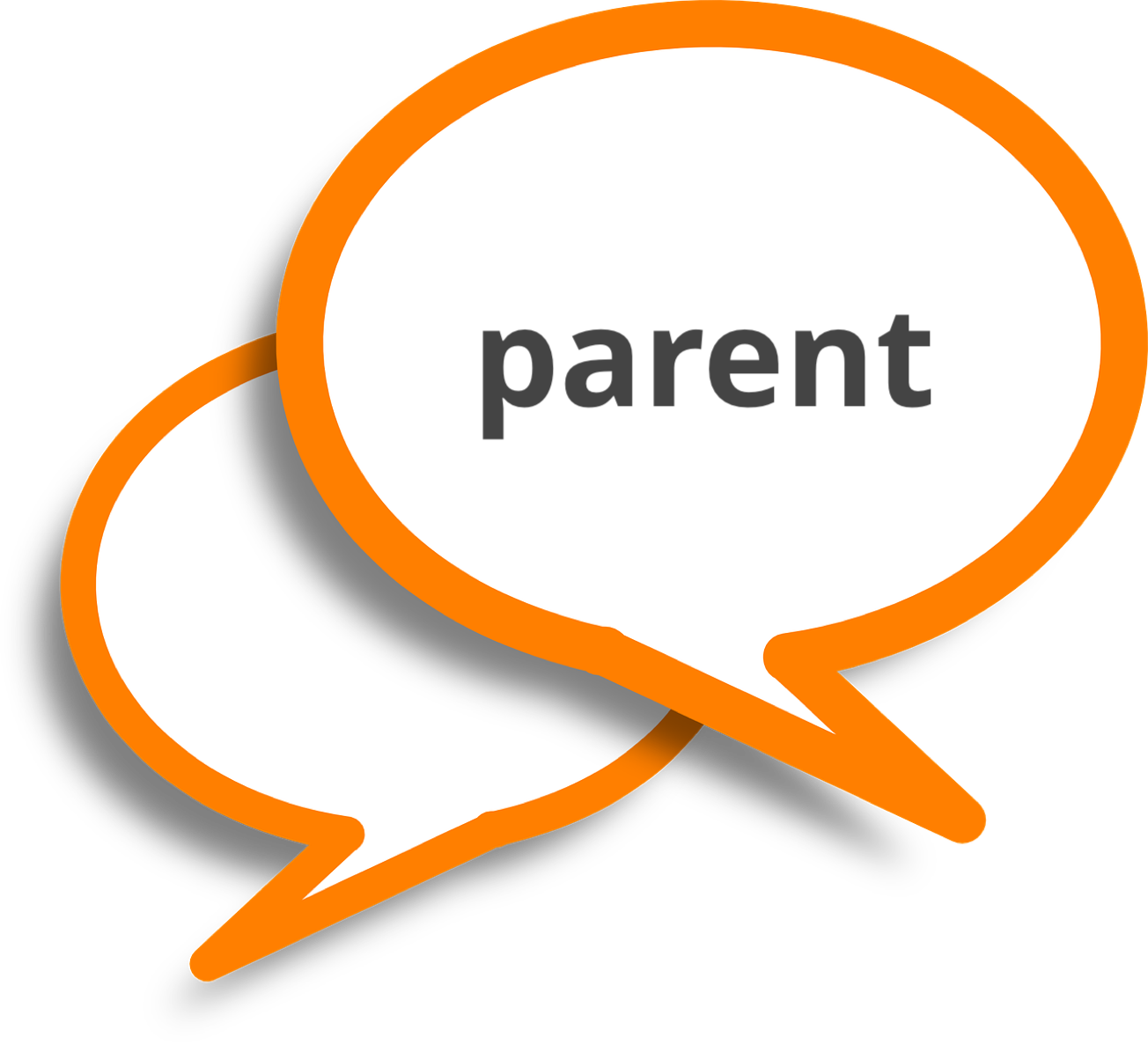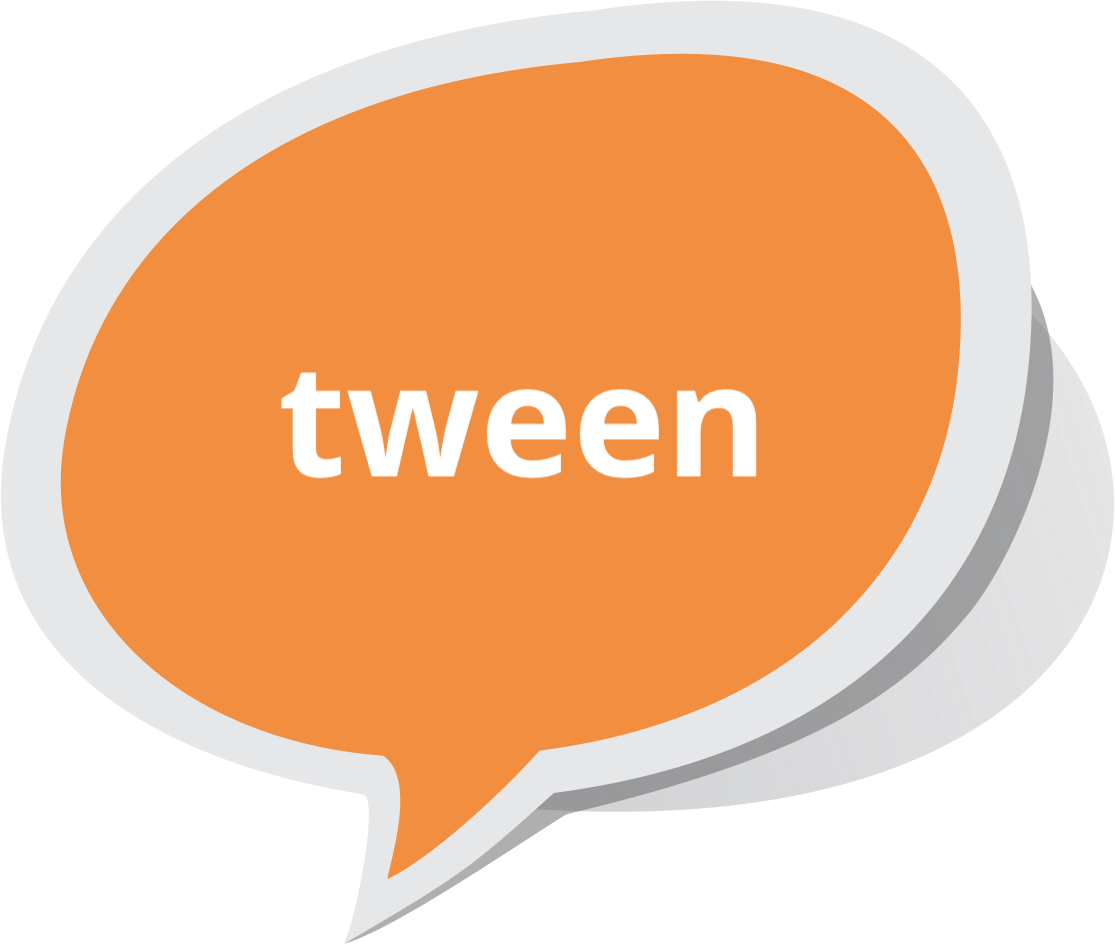Script: Boundaries for Sharing Images Online

Start with a statement around the context of ‘why’ you are bringing up this topic with your tween to take some pressure (or judgment) off: “I was talking with my co-worker who was telling me about their daughter/son, and all the pressures young people have with posting about their lives on social media, and how hard it is to have boundaries.” Allow for some silence while they consider your statement.
“I’m not sure what you mean by boundaries.”


Provide information simply and in a way your tween can understand: “Boundaries means you have decided what you are OK with, and what you are not OK with. You could think about boundaries in different situations. For instance, sometimes pictures are posted of you that you didn’t ‘OK’, messages or comments are posted that are upsetting, or someone responds to one of your pictures with a comment that you are not comfortable with. These are examples of people disrespecting your boundaries.”
“Yeah, sometimes it is hard, especially when my friends are posting pics or other things that I don’t necessarily agree with, but it looks like I do because I’m in the picture or because I am part of their group.”


Help your tween identify ‘warning sign’ feelings, and congratulate them for recognizing those moments: “Naturally we get an internal warning or ‘uh-oh’ feelings that tell us when something isn’t right. I’m glad you are noticing when you are getting some of those feelings.”
“I get upset when it happens. I don’t like those feelings.”


Affirm what they are saying, and offer a solution: “No, they don’t feel good and sometimes they can grow into stronger feelings that make us really sad or mad. Having boundaries and making sure people around you know what you are comfortable with can help keep these feelings from building up.”
“It is hard to control what other people do. We take a lot of pictures when we are hanging out and sometimes I don’t want those pictures of me posted, but one of my friends posts them anyway.”


Empathize with this statement, and find out what your tween feels is most important for them: “It is hard. Letting your friends know what you are OK with and what you aren’t can feel scary. The first step is to figure out what your boundaries are.”
“I haven’t thought about it before.”


Don’t jump in with the answer instead reflect what you heard using a paraphrase: “Boundaries are hard to figure out sometimes, and you want to be sure that your friends are checking in with you, and that you are okay with what they are sharing.”
“Yeah… how do I do that?”


Congratulations, you are at a point in your discussion to plan for safety! Instead of directly answering their question or jumping in to provide information right away, take this opportunity to brainstorm what is ‘OK’ and ‘not OK’ for your tween. Let them tell you. Take a piece of paper and draw a line down the middle with 2 columns – one for OK and one for not OK. Ask your tween to brainstorm ideas for both sides: “Let’s spend a few minutes thinking about this. What are some messages and pictures you are OK with being posted. What are some things you are not OK with?”


Discussion of different situations with parent recording on paper what behaviors tween says they are OK and not OK with.

Use a key question to solidify your tween’s planning: “Looking at your ‘not OK’ side, what will you do to help ensure these situations don’t happen?”

If your tween is stuck for ideas, suggest making the brainstorming activity into a game with their friends.
“Maybe next time we have a sleepover, make this into a game and ask my friends to write what we are OK with and not OK with together. That way we can all check in with each other that we are feeling okay.”

responding to resistance from tweens
In attempts to start a conversation about boundaries, what if your tween is resistant to discussing? Perhaps when you open discussion, they deny it’s an issue for them.
“That doesn’t happen to me, I don’t care what gets posted.”


Instead of responding to their resistance, use this as an opportunity to pose a question: “I’m glad you haven’t had anything posted you were concerned about. Sometimes we get an internal warning or ‘uh-oh’ feelings that tell us when something isn’t right. Have you ever had that happen?”
“I don’t care what other people do.”


Hear what they are saying, but assume that they do care but may feel they have no control of this situation. Try to find out what your tween feels is most important for them: “It is hard. The first step is to figure out what your boundaries are, and then let your friends know what you are OK with and what you are not OK with.”
“I haven’t thought about it before.”


Your tween isn’t sharing much with you, and instead of jumping in to provide information they will most likely ignore, try to capture their interest by querying extremes of what is OK and not OK for them. Let them tell you. “What would be the worst thing that someone could post about you? What would be the best?”
Individual response…


Summarize what your tween shared related to their best and worst case scenarios. End with a reflection. “This is a good starting point to begin thinking about your personal boundaries. You are getting older now and will have to stand up for what you believe and value. Maybe we can share some more ideas when we go shopping this weekend.”
“I guess.”


Tweens need time, and they often think about what we say long after our discussions are over. Don’t try to force a continued discussion, and suggest coming back to it another time.
As outlined in Module 4: Boundaries and Consent, a powerful way to model boundaries with image sharing and helping them understand consent, is to lead by example. Ask your children for permission BEFORE you post any photos of them on Facebook or other social media platforms. Though this may seem obvious, parents can help guide their tweens and teens by being mindful of the types of pictures they post online of their kids. Finding out what is okay and not okay with them, helps them to develop language around expressing their boundaries, and will give them confidence to have similar conversations with their peers.